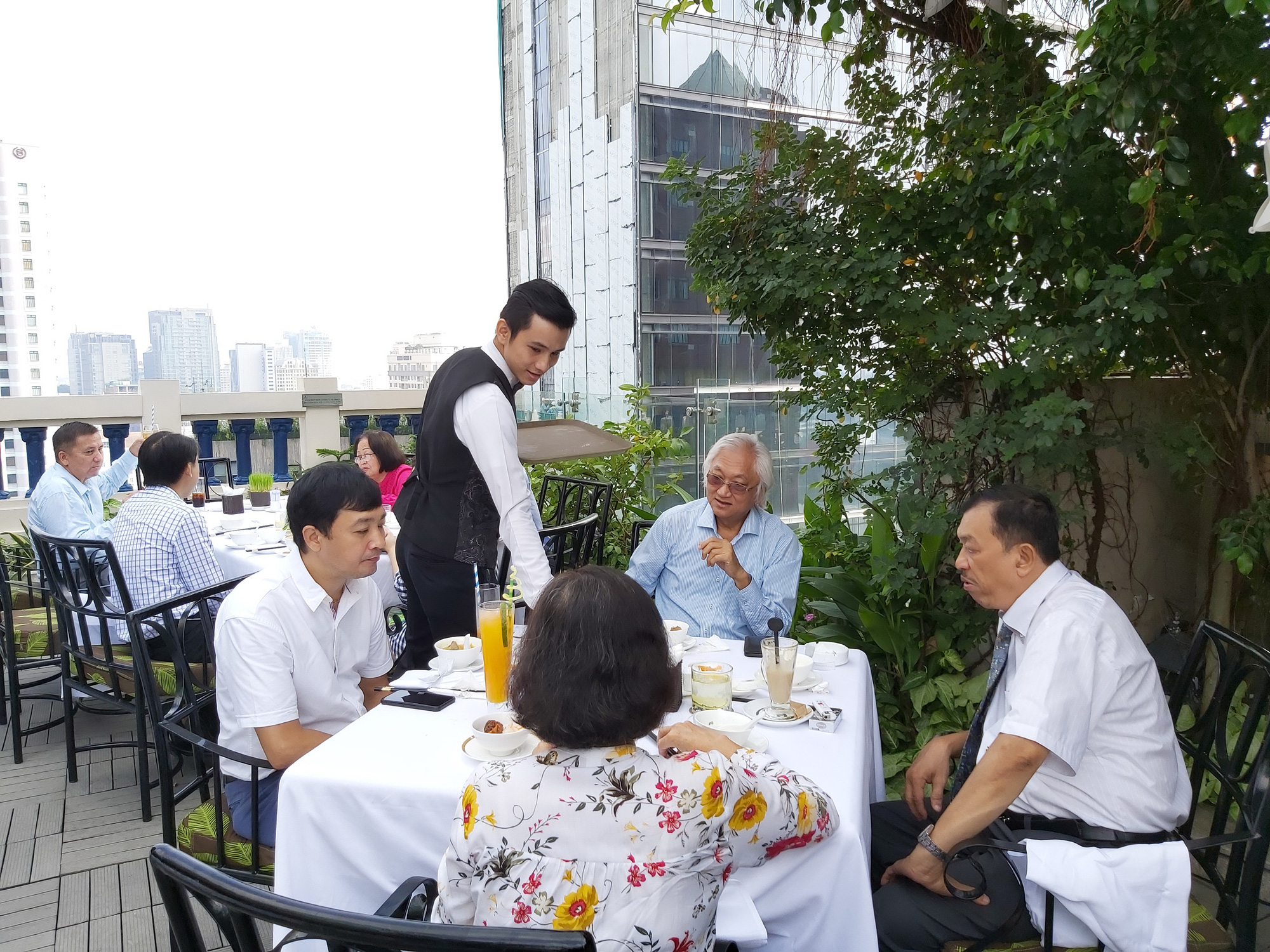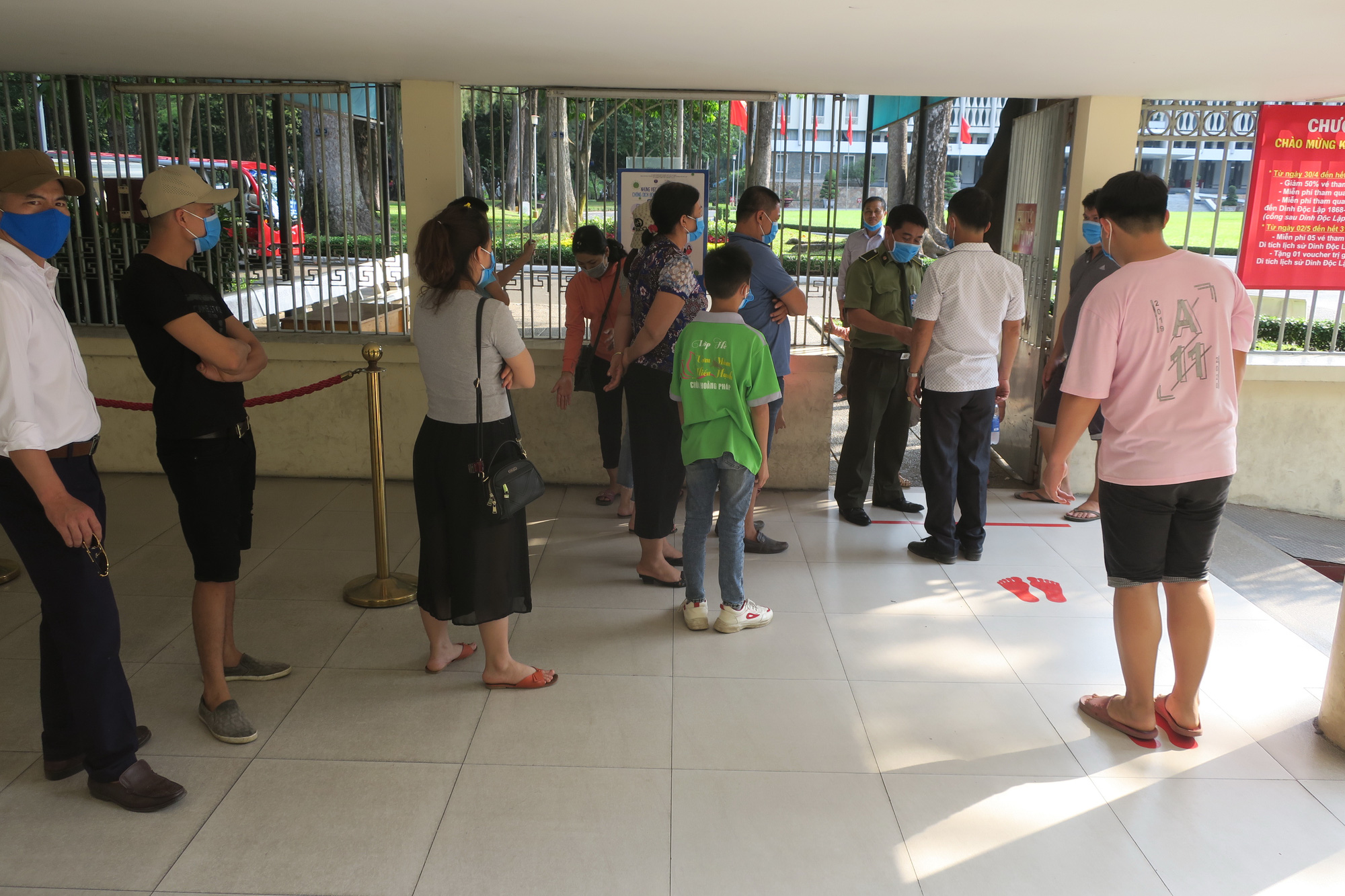Tourism facilities in Ho Chi Minh City are confronting an unprecedented debacle caused by the crippling effect of the COVID-19 pandemic, with the hospitality sector struggling to retain workers.
According to a recent estimation by Ho Chi Minh City’s Department of Tourism, hotels of 3-5 stars in the city have put 90 percent of their workforce on unpaid leave due to the pandemic.
Their last hope of a recovery in the tourism sector was dashed as Vietnam has since July 25 witnessed a new wave of COVID-19 infections in the community after a 99-day streak with no locally-transmitted cases recorded.
Hotels in Ho Chi Minh City are facing a horde of cancellation and rescheduling requests for marriage venues and event bookings, while several were only able to fill up around five percent of their total room capacity.
Improvise. Adapt. Overcome.
Mia Saigon Boutique Hotel is doing more than just changing their sanitary regulations to deal with the ever-changing situation.
They have also launched a new in-room dining service, which offers a unique experience while helping to avoid gathering guests together in a common dining area, which can increase the risk of infection.
Initiatives like this are not hard to find currently.
Born out of the distressing drop of demand at middle- and high-end hotels, they are attempts to fill vacant hotel rooms and raise demand for hospitality services.
Majestic Saigon, another top-drawer name in the hospitality sector of Ho Chi Minh City, has announced a 45 percent sale on all services for customers born in 1975.
The Caravelle Saigon has offered their five-star, internationally-qualified experience in a package costing VND1.2 million (US$52), which includes a suite for two adults and one child for a night.
The hotel also launched a ten percent discount for their airport transfer and dining services.
It can be inferred that hospitality facilities are showing their best effort to sustain their operations and keep their staff employed.
In light of the latest COVID-19 wave, their mission is not going to be any easier.
Truong Duc Hung, chief executive officer of Grand Saigon Hotel, said his business is relying solely on its restaurant function for the time being, for the income from foreign tourists as well as venue booking and event catering was completely shut off in the pandemic.
To meet the demand for regional specialties, Grand Saigon has brought chefs from around the country to prepare their best-known local delicacies for a rotating residency program in the in-house restaurant.
“Our guests are mostly made up of business people and families in Ho Chi Minh City with a taste for regional specialties, but who are unable to travel due to the pandemic. [We brought the specialties to the city so] the families can enjoy great foods in the comfort of their home city,” Hung said.
“Thanks to our restaurant operation, other activities in the hotel also warmed up after the first wave of COVID-19 transmission."
Under the current situation, tourism facilities have also improvised by adding new touring options to extend the stay of tourists.
According to Nguyen Phuong Anh, director of sales and marketing at Park Hyatt Saigon Hotel, on top of sales packages and discount programs, the facility is running day trip tours to diversify the travel itinerary of tourists during their days in Ho Chi Minh City.
|
|
| Visitors to the Reunification Palace in Ho Chi Minh City receive a body temperature check before entering the famous landmark amid the novel coronavirus disease (COVID-19) pandemic in Vietnam. Photo: T.T.D. / Tuoi Tre |
The personnel dilemma
T., a staff member at a five-star hotel in District 1, revealed that the board of directors at their workplace had just ratified a staff cut in August, which put more than 30 percent of their headcount on unpaid furlough.
Earlier, the facility also laid off 20 percent of its workforce in July to cope with their operating loss.
“My job at the administration unit has been scheduled on rotating shifts while my working days on the timesheet are cut in half,” T. said.
At this rate of loss, the hotel will have to lay off even more employees by the end of the year.
Nguyen Huu Tho, president of the Vietnam Tourism Association, argues that lay-offs and furloughs are inevitable as COVID-19 brought almost all tourism activities to a halt.
Nevertheless, lay-offs are already the last resort as the hospitality and tourism sectors are in constant need of skilled workers.
“The pandemic has upended the livelihood of workers in the sector, leaving them with no choice but to switch to other occupations. If [the sector] couldn’t retain workers right now, businesses would have to face a severe crisis post-pandemic, which is meant to be the time of recovery for tourism,” Tho said.
Lai Minh Duy, chief executive officer of travel agency TST Tourist, noted that the slump in tourism activities affects not only businesses at the moment but also workers in the sector when the pandemic ends.
An estimated 80-90 percent of the workforce in tourism has had to change to other jobs, Duy said, a large proportion of whom switched vocations, which renders the tourism sector to bleed talent.
Even in case of re-switching to tourism, returning workers would need a few months to get used to their duties once again.
“Tourism firms have access to tax cut benefits as well as support packages to help tour guides and hospitality personnel stay in the sector after the pandemic is quelled,” Duy said.
Nguyen Thi Khanh, vice-president of the Ho Chi Minh City Tourism Association, said the agency would continue taking suggestions and requests to aid the retention of tourism workers.
As it is difficult to retrieve workers once they leave for another career, it is essential that sufficient policies to retain skilled tourism personnel be in place, one of which is the provision of credit for firms to pay salaries to workers.
According to Nguyen Thi Anh Hoa, vice-director of the Ho Chi Minh City Department of Tourism, the re-development of tourism human resources should be assigned the same level of importance as other missions, as the city seeks to revive its tourist industry after the coronavirus crisis.
Like us on Facebook or follow us on Twitter to get the latest news about Vietnam!

















































